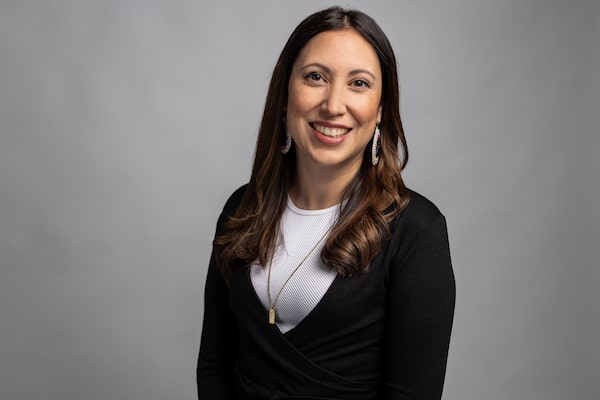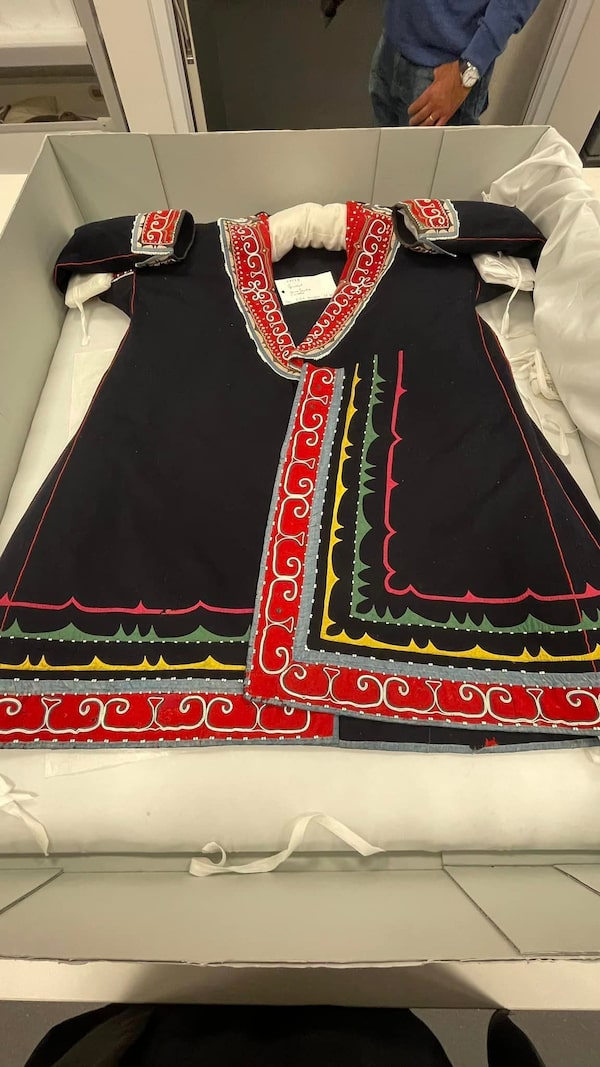Several Indigenous organizations, along with the Canadian Museums Association, are asking the federal government to step up support for the repatriation of Indigenous cultural belongings and remains. And they’re disappointed the last federal budget didn’t specifically earmark money for action.
Groups such as the Indigenous Heritage Circle and the First Peoples’ Cultural Council are among those pressing the federal government to introduce repatriation-related legislation, or a national framework, along with dedicated funding.
Canada is lagging other countries, such as the Netherlands, Australia and Germany, that have introduced national repatriation frameworks that enable the return of Indigenous cultural items taken during the colonial era. Canada is also decades behind the United States, which has had federal repatriation legislation since 1990. There is, as well, little dedicated federal funding for Indigenous communities to search for their ancestors’ belongings and remains, and bring them home.

Janis Kahentóktha Monture, executive director and CEO of the Canadian Museums Association (CMA).Supplied
“We’re behind. An Indigenous-led framework on cultural heritage in this country is needed,” said Janis Kahentóktha Monture, executive director and CEO of the Canadian Museums Association (CMA), of which more than 500 institutions are members.
In a recent, prebudget submission to the federal government, the CMA called for dedicated funding for Indigenous-led discussions and consultations on formulating a national framework on repatriation, along with funds to support research on the scope of repatriation.
The budget released this month, says Monture, “fails to support decolonization and repatriation activities,” adding that it doesn’t address calls for investment to strengthen the Indigenous Heritage Circle’s capacity to advance cultural priorities, nor does it respond to the CMA’s request for more operational support for Indigenous-led heritage organizations.
Indigenous peoples across Canada have called for the return of their cultural items, from the Vatican museums and other institutions, as a key part of cultural revitalization efforts, and to help in the healing process as many communities are still grappling with the legacy of colonization.
A Globe and Mail investigation last month on Indigenous-made cultural items held in the Vatican’s museums found no evidence that officials have returned any cultural items to communities in Canada – despite commitments about repatriation. These include a rare, century-old Western Arctic sea kayak, and an 1831 wampum belt.
Experts say Canada should look to efforts underway in other countries, and to the United Nations Declaration on the Rights of Indigenous Peoples, which Canada is implementing.
A national conversation is needed, centered on Indigenous voices, on a proposal for a national framework or legislation, said Kisha Supernant, president of the Indigenous Heritage Circle and professor at the University of Alberta’s anthropology department.
Funding is also needed to support staff who are searching for belongings, and to build capacity on where to house returned items – such as cultural centres and local museums, she said. And the effort should be grounded in a cultural heritage rights framework that supports repatriation. “There are specific articles in UNDRIP that articulate our rights as Indigenous people to our own artifacts and ancestors, along with all the other materials that these institutions hold.”
UNDRIP says Indigenous peoples have the right to revitalize their cultural traditions, and to use and control their ceremonial objects.
The federal government itself has recognized the need to act. Its own action plan on UNDRIP, released last year, pledges that Canadian Heritage will co-develop legislative, programming or other measures to enable the repatriation of belongings.
Canadian Heritage told The Globe it is aware of the growing demand for support for repatriation activities.
As the department “is in the process of renewing Canada’s national museum policy, this may lead to changes to current programs and services to better support Indigenous organizations and repatriation-related activities,” said spokesperson David Larose in an emailed response.
He said preliminary discussions have begun on repatriation measures, but did not give a timeline on when any changes will happen.
South of the border, the U.S. introduced the Native American Graves Protection and Repatriation Act in 1990. The act, strengthened this year, provides for the protection and return of Native American human remains and sacred objects. It requires federally funded institutions to consult and provide inventories to communities of what they hold. To date, NAGPRA has given US$59-million in grants.
Canada has come close to introducing legislation. A private member’s bill on a national strategy for the repatriation of Indigenous remains and cultural property made it through House of Commons readings in 2019, but died in the Senate when an election was called.
Some want to see that type of bill revived, after further consultations with Indigenous communities.

Regalia, including a ceremonial robe along with moccasins, a pouch and a pipe, was repatriated from Australia to Millbrook First Nation in Nova Scotia last year.Supplied
Heather Stevens has been lobbying to bring a bill back. After 10 years of efforts, she was able to bring back regalia, from Australia to Nova Scotia, last year in what she says was the first-ever international repatriation on the Atlantic coast.
A ceremonial robe, moccasins, a pouch, a pipe and a brooch were returned a year ago from a Melbourne museum to the Millbrook Cultural and Heritage Centre, where Stevens, who is Mi’kmaw, works as a manager.
She has witnessed the impact of bringing peoples’ history back home: tears, wonder, awe, elation and a sense of connection. It builds confidence and hope, she says, that “maybe times are going to be better for us. Maybe things are going to proceed in the right direction.”